Scanning of Historical Clothes Using 3D Scanners: Comparison of Goals, Tools, and Methods
Abstract
1. Introduction
1.1. Rationale
- Building 3D models with CAD (Computer Aided Design) tools, either using dedicated software for clothes (such as CLO 3D, Gerber AccuMark 3D, Optitex or Lectra Modaris) or general modeling solutions (such as MeshLab, Blender 3D Creation Software, AutoDesk 3D, or Rhinoceros 3D);
- Construction of 3D models using photogrammetric techniques (3D model generation based on a series of photos of the object).
1.2. Three-Dimensional Digitization Technologies
- CAD modeling;
- Touch scanning;
- Laser scanning;
- Structured light scanning;
- Computerized tomography scanning;
- Photogrammetry.
1.3. Objectives
2. Research Methodology
2.1. Eligibility Criteria
2.1.1. Inclusion Criteria
- Relate to the 3D scanning of historical clothes using 3D scanners;
- Provide any details on the procedure of 3D scanning of clothes, or any proof (pictures, descriptions, models, etc.) of the 3D scanning of clothes.
2.1.2. Exclusion Criteria
- Studies containing the query keywords that were not related to the 3D scanning of historical clothes;
- Studies about the 3D scanning of jewellery, having previously agreed that jewellery should not be considered clothing but treated as an accessory;
- Studies that only mention that clothes are a type of heritage item that could be 3D scanned but provide no details whatsoever on procedure of scanning clothes, present no examples (pictures, descriptions, and models) of 3D-scanned clothing, and offer no background information on clothes. Knowing the background of clothes is essential to determining whether an item of clothing can be assumed to be historical.
2.2. Information Sources
2.3. Search Strategy
- Wildcards inside of quotation marks are interpretable;
- An asterisk (*) represents a string of zero or more characters;
- The words inside quotation marks should be in the provided order in the text;
- “AND” and “OR” are logical operators;
- Parentheses group logical expressions.
2.4. Study Records
2.4.1. Selection Process
2.4.2. Data Management
2.4.3. Data Collection Process
2.5. Data Items
2.6. Risk of Bias in Individual Studies
2.7. Data Synthesis
- Hardware and software: How well was the hardware and software described?
- Procedure: How well was the procedure described (e.g., light, scanner settings, and how to use the equipment)?
- Objects: How well did the authors describe the objects that were scanned and their historical context?
- Guidelines: Did the authors offer guidelines for people who would like to scan objects similar to those presented?
- Each of the selected studies were independently evaluated (reviewed) by Żyła, Kęsik and Santos in terms of these four dimensions.
- For the dimensions of hardware and software, procedure, and objects, a Likert Scale was used with five categories: (1) not described, (2) partly described, (3) moderately described, (4) very well described, and (5) completely described.
- The guidelines dimension was evaluated using a binary scale (1 = yes, 0 = no).
- The assessments of the three reviewers were then aggregated by an average mean on each of the three first dimensions (hardware and software, procedure, and objects). We decided that the guidelines dimension should not be used in assessing the quality of the study, as this variable was mainly created to identify whether or not guidelines are frequently offered in the studies.
- Finally, the three reviewers discussed any instances of very different item assessments between them. The final decision was reached by consensus.
2.8. Comments on the PRISMA Protocol
3. Results
3.1. Answer to Research Objective 1
- Technology: terms related to the technology that was used, such as scanning, resolution, virtual reality, visualization.
- Clothing: terms related to the item being scanned, such as textile, fabric, costume.
- Museum: terms related to the museum’s aim in digitizing the object, such as archiving, documentation, preservation.
- Cultural: terms related to the historical or cultural context of the scanned item, such as Alaska native or Middle Ages.
- “Compound” keywords were split; for example, the keyword “Gorenjska folk costume image analysis” was divided into three: “Gorenjska” (cultural), “folk costume” (clothing), and “image analysis” (technical);
- Keywords were aggregated by their similarity under a common simplified keyword when we found it pertinent. This happened with the keyword “National Museum of Slovenia”, which was simplified to the more general (and widely used) keyword “museums”.
3.2. Answer to Research Objective 2
3.3. Answer to Research Objective 3
- Hardware and software is the dimension the studies’ authors describe with the greatest level of detail across the board, leading to a higher “quality” score: 50% of the studies received a score of 4 (good) or 5 (very good), while 75% of the studies were at least moderate (3).
- The level of detail provided on procedure was also relatively good: at least 66% of the studies scored 3 (moderate) or above.
- There appears to be greater heterogeneity in the quality of descriptions of objects: 50% of the studies were found to present a poor or very poor description of the objects.
4. Conclusions
Author Contributions
Funding
Institutional Review Board Statement
Informed Consent Statement
Data Availability Statement
Acknowledgments
Conflicts of Interest
References
- Żyła, K.; Montusiewicz, J.; Skulimowski, S.; Kayumov, R. VR technologies as an extension to the museum exhibition: A case study of the Silk Road museums in Samarkand. Muzeológia Kultúrne Dedičstvo 2020, 8, 73–93. [Google Scholar] [CrossRef]
- Petrelli, D. Making virtual reconstructions part of the visit: An exploratory study. Digit. Appl. Archaeol. Cult. Herit. 2019, 15, 1–12. [Google Scholar] [CrossRef]
- Thwaites, H.; Santano, D.; Esmaeili, H.; See, Z.S. A Malaysian cultural heritage digital compendium. Digit. Appl. Archaeol. Cult. Herit. 2019, 15, 1–8. [Google Scholar] [CrossRef]
- Milosz, M.; Kęsik, J.; Montusiewicz, J. 3D scanning and visualization of large monuments of Timurid Architecture in Central Asia-A methodical approach. J. Comput. Cult. Herit. 2020, 14, 1–31. [Google Scholar] [CrossRef]
- Kuttruff, J.T.; Strickland-Olsen, M. Handling archaeological textile remains in the field and laboratory. In Beyond Cloth and Cordage: Archaeological Textile Research in the Americas; Drooker, P.B., Webster, L.D., Eds.; University of Utah Press: Salt Lake City, UT, USA, 2002; pp. 25–50. [Google Scholar]
- Szabóová, N. Úspechy výšiviek z produkcie Spolku Izabella na medzinárodnom trhu. Muzeológia Kultúrne Dedičstvo 2018, 6, 95–103. [Google Scholar]
- Fashion Museum Bath. Dress of the Year…. Available online: https://www.fashionmuseum.co.uk/galleries/dress-year (accessed on 15 March 2021).
- Cristóbal Balenciaga Museoa. Fashion and Heritage. Available online: https://www.cristobalbalenciagamuseoa.com/en/discover/digital-exhibitions/online-exhibitions/cristobal-balenciaga-fashion-and-heritage-.html (accessed on 15 March 2021).
- Wijnhoven, M.A.; Moskvin, A. Digital replication and reconstruction of mail armour. J. Cult. Herit. 2020, 45, 221–233. [Google Scholar] [CrossRef]
- Villarreal, N. The Use of 3D Apparel Simulation Software for Digitizing Historic Costume. Ph.D. Thesis, North Carolina State University, Raleigh, NC, USA, 2020. [Google Scholar]
- Kočevar, T.N.; Naglič, B.; Gabrijelčič Tomc, H. 3D visualisation of a woman’s folk costume. In Digital Cultural Heritage. Lecture Notes in Computer Science; Springer: Cham, Switzerland, 2018; Volume 10605, pp. 304–323. [Google Scholar] [CrossRef]
- Ceccarelli, S.; Guarneri, M.; Ferri de Collibus, M.; Francucci, M.; Ciaffi, M.; Danielis, A. Laser scanners for high-quality 3D and IR imaging in cultural heritage monitoring and documentation. J. Imaging 2018, 4, 130. [Google Scholar] [CrossRef]
- Santos, P.; Ritz, M.; Fuhrmann, C.; Fellner, D. 3D mass digitization: A milestone for archeological documentation. Virtual Archaeol. Rev. 2017, 8, 1–11. [Google Scholar] [CrossRef]
- Farella, E.; Menna, F.; Nocerino, E.; Morabito, D.; Remondino, F.; Campi, M. Knowledge and valorization of historical sites through 3D documentation and modeling. Int. Arch. Photogramm. Remote Sens. Spat. Inf. Sci. 2016, 41, 255–262. [Google Scholar] [CrossRef]
- Giannattasio, C.; Papa, L.M.; D’Agostino, P.; D’Auria, S. The BIM model for existing building heritage: From the geometric data acquisition to the information management. In Graphical Heritage. EGA 2020. Springer Series in Design and Innovation; Springer: Cham, Switzerland, 2020; Volume 5, pp. 311–322. [Google Scholar] [CrossRef]
- Remondino, F. Geomatics and cultural heritage. In 3D Recording and Modelling in Archaeology and Cultural Heritage-Theory and Best Practices; BAR Publishing: Oxford, UK, 2014; pp. 13–14. [Google Scholar]
- Moher, D.; Shamseer, L.; Clarke, M.; Ghersi, D.; Liberati, A.; Petticrew, M.; Shekelle, P.; Stewart, L.; PRISMA-P Group. Preferred reporting items for systematic review and meta-analysis protocols (PRISMA-P) 2015 statement. Syst. Rev. 2015, 4, 1–9. [Google Scholar] [CrossRef] [PubMed]
- Liberati, A.; Altman, D.G.; Tetzlaff, J.; Mulrow, C.; Gøtzsche, P.C.; Ioannidis, J.P.A.; Clarke, M.; Devereaux, P.J.; Kleijnen, J.; Moher, D. The PRISMA statement for reporting systematic reviews and meta-analyses of studies that evaluate health care interventions: Explanation and elaboration. BMJ 2009. [Google Scholar] [CrossRef] [PubMed]
- Radua, J. PRISMA 2020–An updated checklist for systematic reviews and meta-analyses. Neurosci. Biobehav. Rev. 2021, 124, 324–325. [Google Scholar] [CrossRef] [PubMed]
- Shamseer, L.; Moher, D.; Clarke, M.; Ghersi, D.; Liberati, A.; Petticrew, M.; Shekelle, P.; Stewart, L.A.; the PRISMA-P Group. Preferred reporting items for systematic review and meta-analysis protocols (PRISMA-P) 2015: Elaboration and explanation. BMJ 2015, 1–25. [Google Scholar] [CrossRef] [PubMed]
- Darzentas, D.; Flintham, M.; Benford, S. Object-focused mixed reality storytelling: Technology-driven content creation and dissemination for engaging user experiences. In Proceedings of the 22nd Pan-Hellenic Conference on Informatics (PCI ‘18), Athens, Greece, 29 November–1 December 2018; ACM: New York, NY, USA, 2018; pp. 278–281. [Google Scholar] [CrossRef]
- Nitsche, M.; McBride, P. Manipulating puppets in VR. In Proceedings of the 2020 IEEE Conference on Virtual Reality and 3D User Interfaces (VR), Atlanta, GA, USA, 22–26 March 2020; pp. 10–17. [Google Scholar] [CrossRef]
- Basu, A.; Cheng, I. Super high resolution 3D imaging and efficient visualization. In Proceedings of the Joint 9th IFSA World Congress and 20th NAFIPS International Conference (Cat. No. 01TH8569), Vancouver, BC, Canada, 25–28 July 2001; pp. 346–351. [Google Scholar] [CrossRef]
- Calvert, S.; Power, J.; Ryall, H.; Bills, P. Reconstructing textile heritage. J. Writ. Creat. Pract. 2014, 7, 415–425. [Google Scholar] [CrossRef]
- McNulty, R. Future applications of digital clothing for historical costume: The past, present and future of fashion. In Proceedings of the EVA London 2019 (EVA 2019), London, UK, 8–11 July 2019; pp. 239–242. [Google Scholar] [CrossRef]
- Lazar, T.; Kraner, J. Thickness mapping of body armour: A comparative study of eight breastplates from the National Museum of Slovenia. Fasc. Archaeol. Hist. 2019, 32, 129–145. [Google Scholar] [CrossRef]
- DeHass, M.C.; Taitt, A. 3D technology in collaborative heritage preservation. Mus. Anthropol. Rev. 2018, 12, 120–153. [Google Scholar] [CrossRef]
- Tota, A.; Shehi, E.; Onuzi, A. 3D scanning and 3D printing technologies used in Albanian heritage preservation. Eur. J. Eng. Technol. Res. 2017, 2, 39–45. [Google Scholar] [CrossRef][Green Version]
- Marčiš, M.; Barták, P.; Valaška, D.; Fraštia, M.; Trhan, O. Use of image based modelling for documentation of intricately shaped objects. Int. Arch. Photogramm. Remote Sens. Spat. Inf. Sci. 2016, XLI-B5, 327–334. [Google Scholar] [CrossRef]
- Capacete-Caballero, X.; Caulfield-Sriklad, D.; McKay, F. Enhancing the Display of the Fashion Artefact through Digital Multi-Media Approaches. In Proceedings of the 1st International Conference on Digital Fashion; Assn for Computing Machinery: London, UK, 2013; pp. 336–345. Available online: https://www.researchgate.net/profile/Giovanni-Maria-Conti/publication/274698158_Twyle_Play_with_fashion_intelligently/links/552563110cf24b822b40220c/Twyle-Play-with-fashion-intelligently.pdf (accessed on 16 June 2021).
- Stevenson, J.; Jimenez, C.; Kelleher, P.; Knox, U. 3D modelling of cultural objects in the V&A Museum: Tools and workflow developments. In Proceedings of the IS&T Archiving Conference, Copenhagen, Denmark, 12–15 June 2012; pp. 168–173. [Google Scholar]
- Li, J.; Antonenko, P.D.; Wang, J. Trends and issues in multimedia learning research in 1996–2016: A bibliometric analysis. Educ. Res. Rev. 2019, 28, 1–21. [Google Scholar] [CrossRef]
- Montusiewicz, J.; Miłosz, M.; Kęsik, J.; Żyła, K. Structured-light 3D scanning of exhibited historical clothing-A first-ever methodical trial and its results. Herit. Sci. 2021, 9, 1–20. [Google Scholar] [CrossRef]
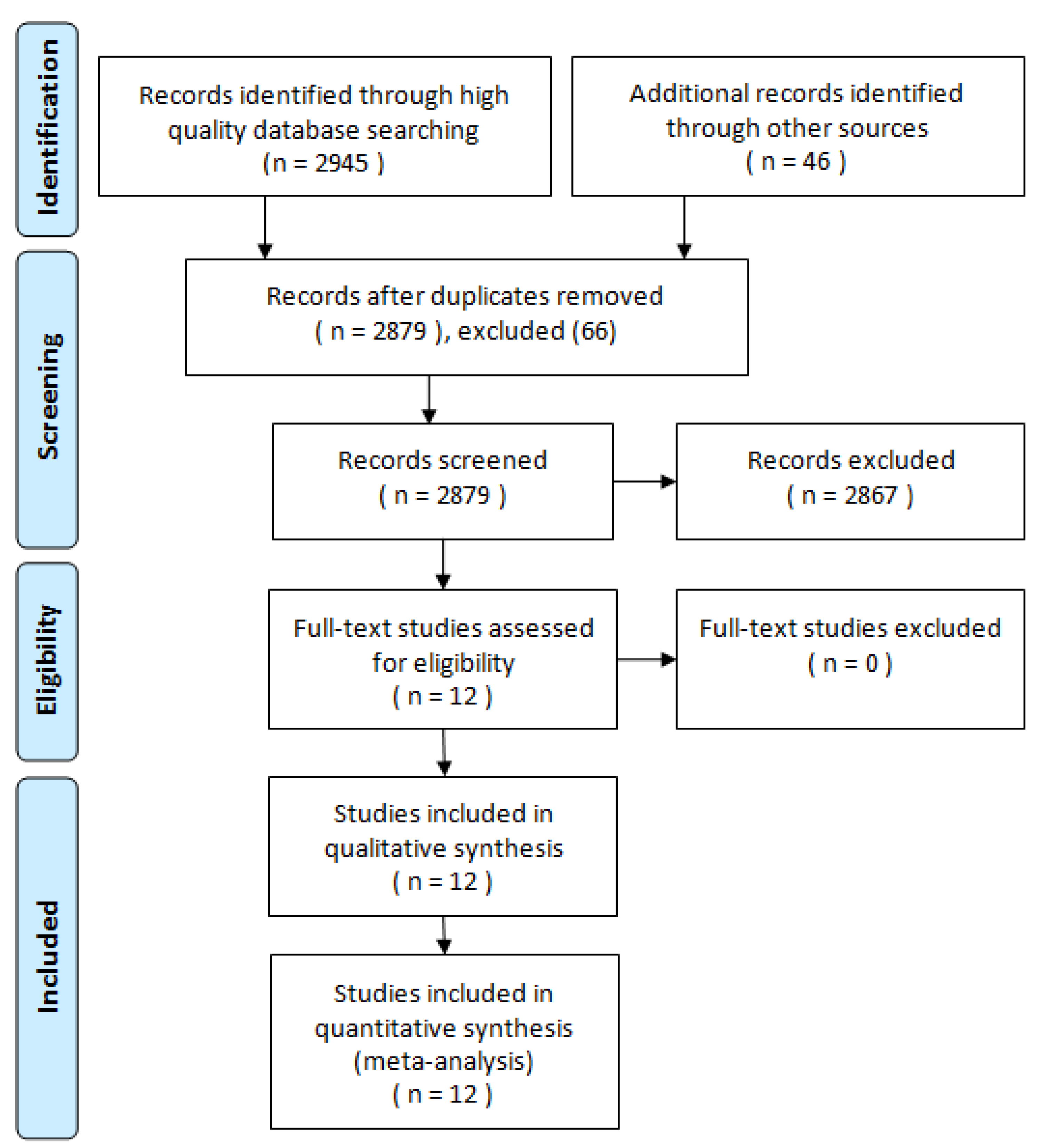
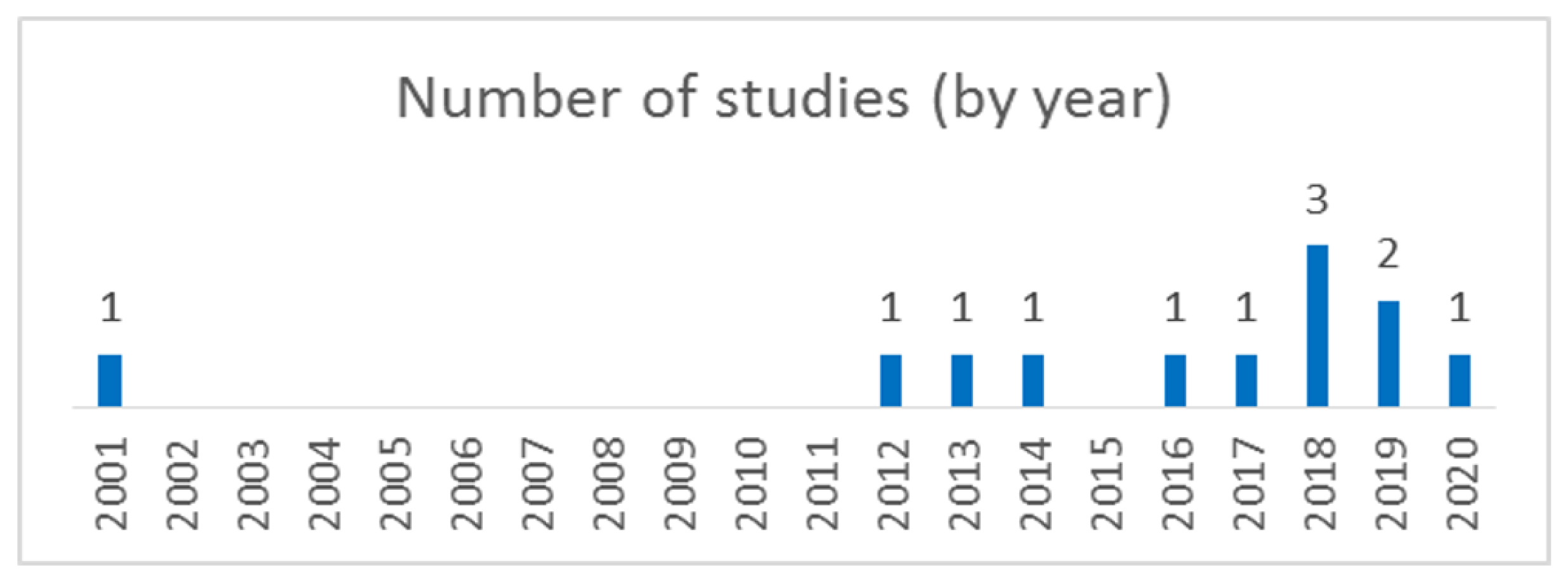
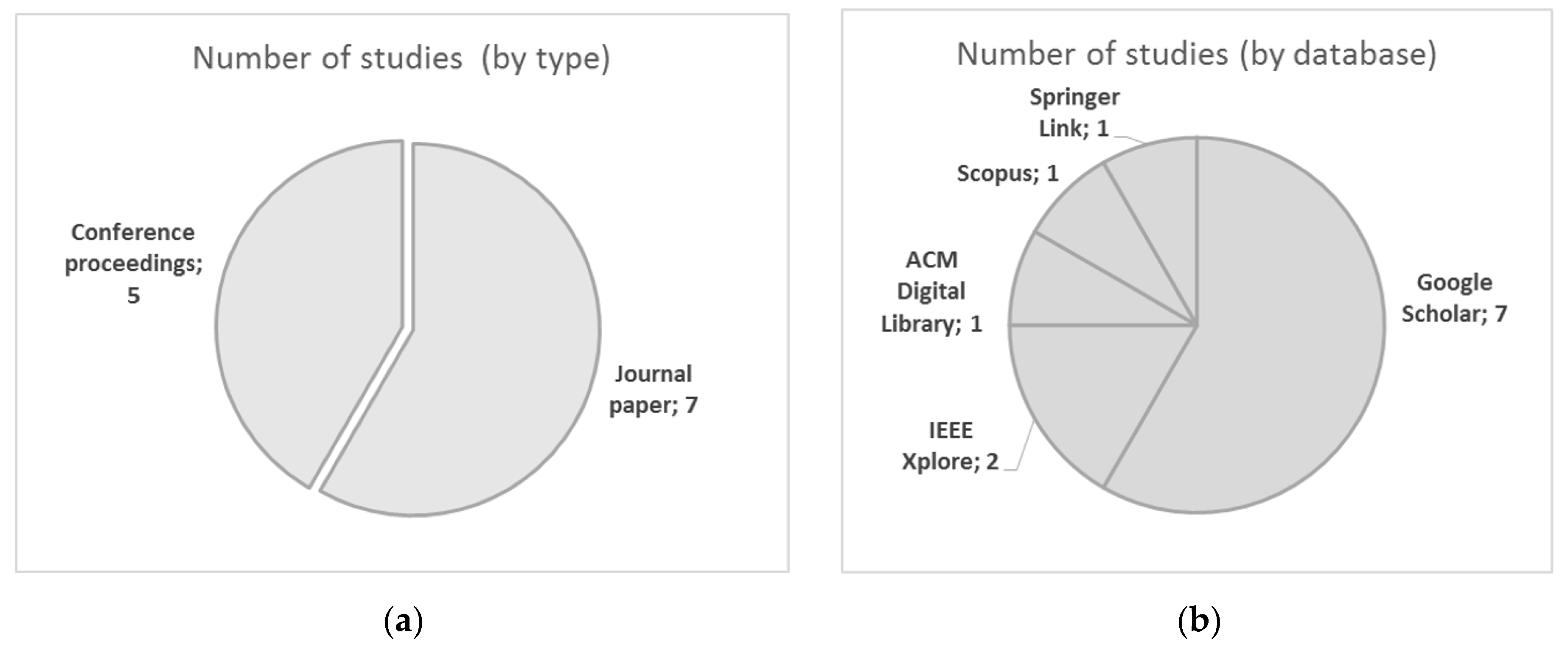
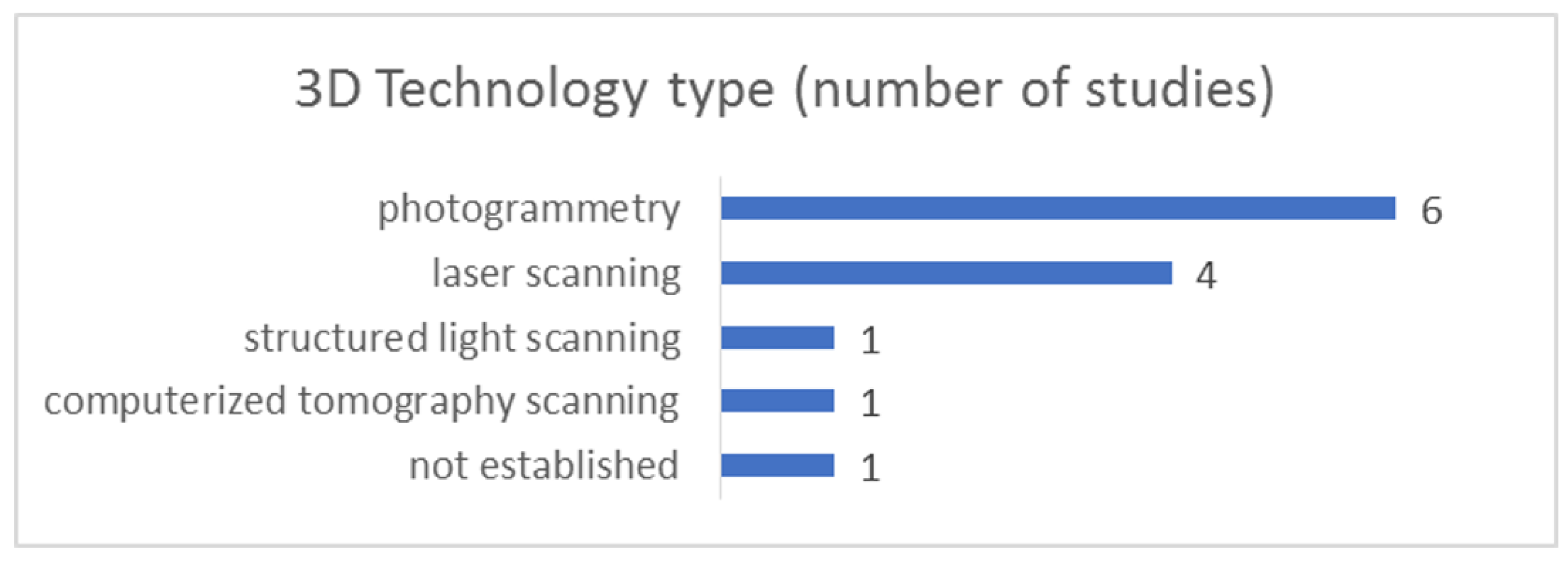
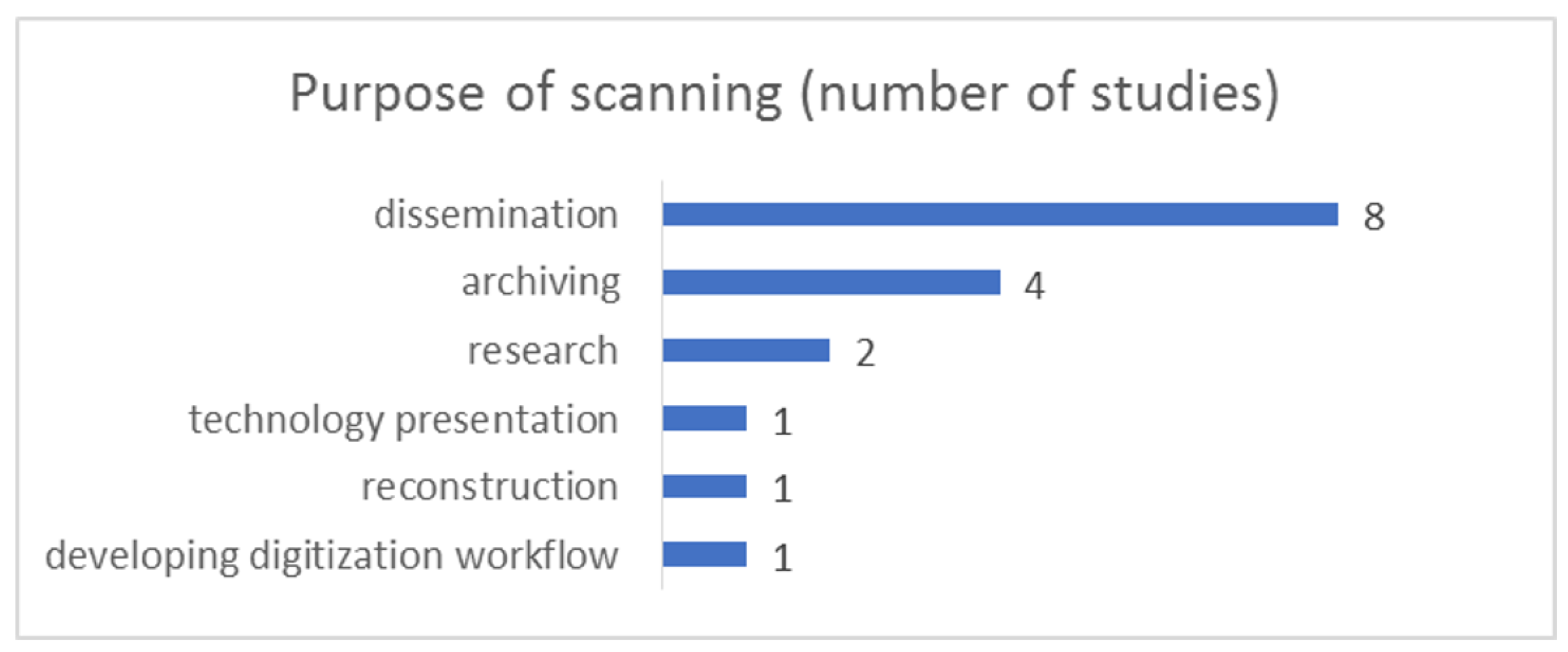

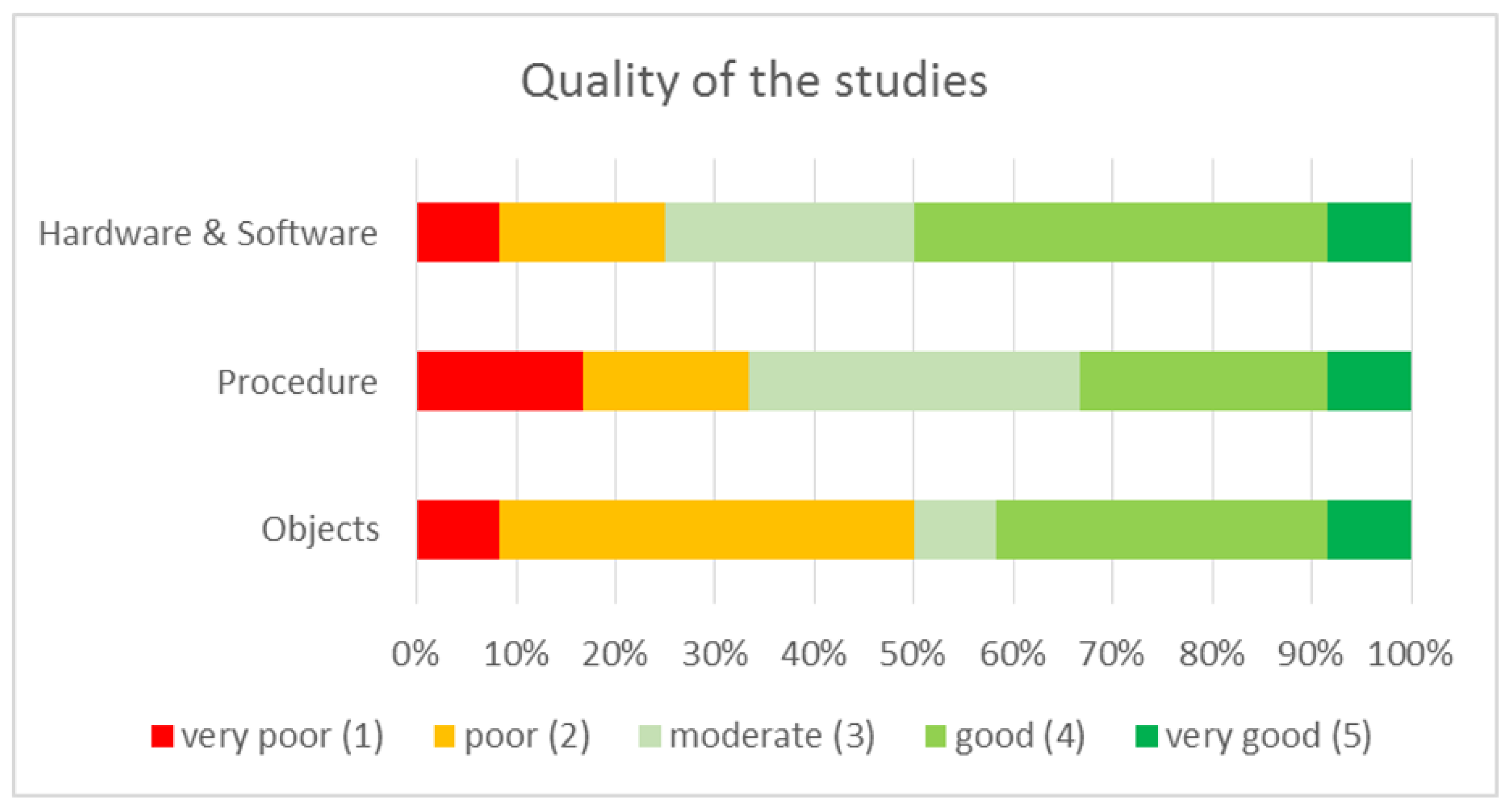
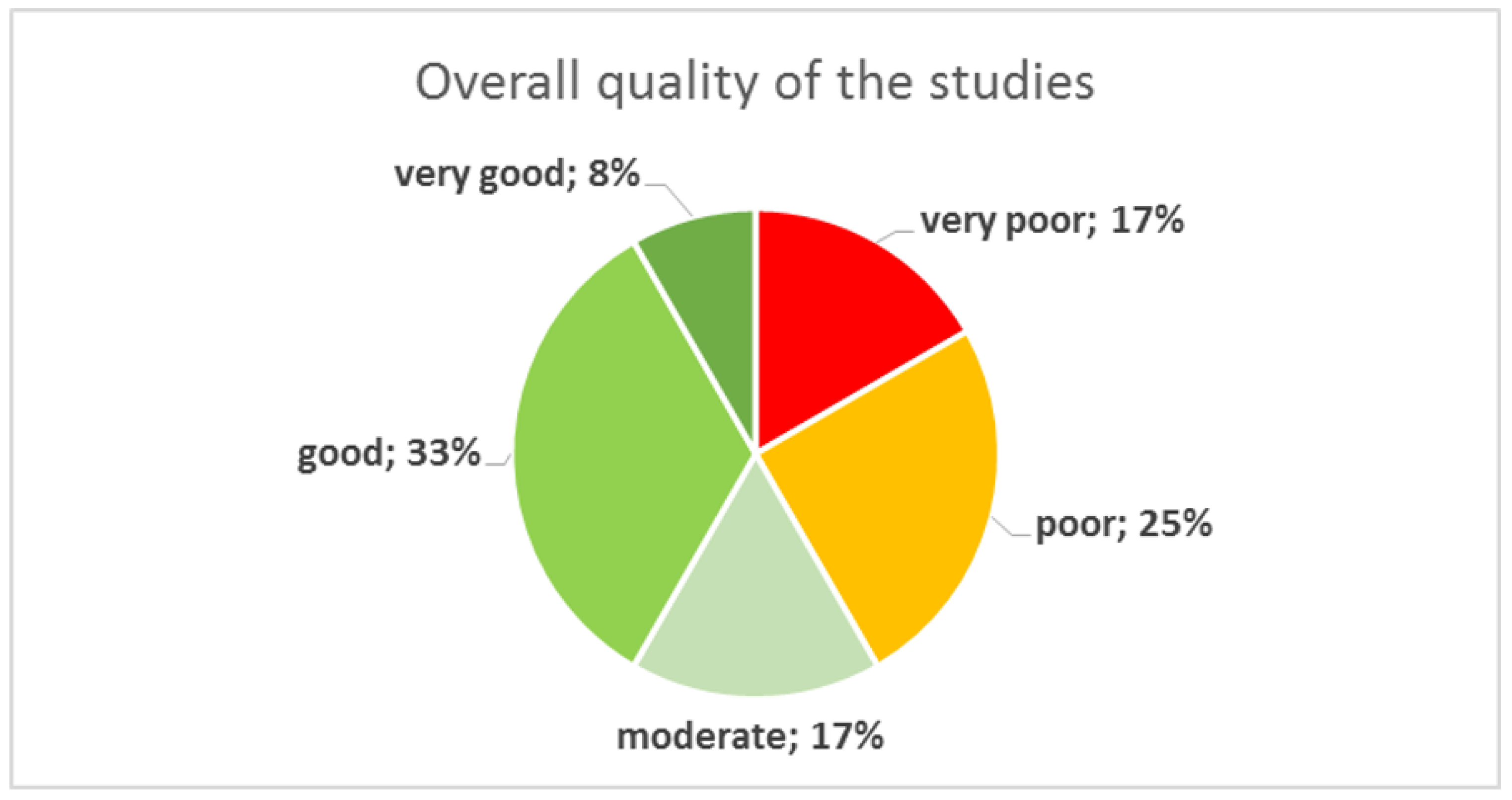
| Word | Reason | Wildcards |
|---|---|---|
| clothes, clothing, apparel, dress, attire | Formal synonyms of “clothes” (according to the Cambridge English Dictionary) | Asterisk (*)—to include, when possible, both singular and plural form |
| garment | A piece of clothing | |
| costume | A frequent synonym of historical clothes | |
| fashion | A style that is popular at a particular time, especially in clothes, hair, make-up, etc. | |
| textile | Cloth made by hand or machine in large quantities | |
| outfit | A set of clothes worn for a particular occasion or activity | |
| 3D scanning | Reflects the activity of 3D scanning | Asterisk (*)—to include a variety of tense forms |
| 3D scan | Reflects the result of 3D scanning | Asterisk (*)—to include a singular and plural form |
| 3D scanner | Reflects the use of 3D scanner | |
| history | Reflects the historical nature of clothes | Asterisk (*)—to include all variations of the word |
| museum | Historical clothes might be managed by a museum | |
| heritage | Historical clothes might be called an aspect of heritage | Asterisk (*)—to include other forms of the word |
| old | Historical clothes might be called old |
| Database | Search Type | No. Studies |
|---|---|---|
| ACM Digital Library | Anywhere | 332 |
| IEEE Xplore | All metadata and full text | 405 |
| Scopus | Title–abstract–keywords | 20 |
| Web of Science | Topic search | 22 |
| Wiley Online Library | Anywhere | 558 |
| Springer Link | Anywhere | 1050 |
| ScienceDirect | Anywhere | 558 |
| Google Scholar | Anywhere | ~9770 * |
| Research Question: How Have 3D Scanners Been Used to Digitize Historical Clothes? | |
|---|---|
| Research Objective | Data Items |
| RO1: Identify whether studies on this topic exist and how many there are |
|
| RO2: Identify the purpose driving the creation of 3D scans and the technology used |
|
| RO3: Assess how well the literature describes the 3D scanning procedure |
Hardware and software (equipment): How well is the hardware and software described?
|
| No. | ID | Source | Title | Author | Study Type | Year |
|---|---|---|---|---|---|---|
| 1 | AC18 | ACM Digital Library | Object-focused mixed reality storytelling: technology-driven content creation and dissemination for engaging user experiences | Darzentas et al. [21] | CP | 2018 |
| 2 | IE20 | IEEE Xplore | Manipulating puppets in VR | Nitsche and McBride [22] | CP | 2020 |
| 3 | IE01 | IEEE Xplore | Super high resolution 3D imaging and efficient visualization | Basu and Cheng [23] | CP | 2001 |
| 4 | SC14 | Scopus | Reconstructing textile heritage | Calvert et al. [24] | JP | 2014 |
| 5 | SP18 | Springer Link | 3D visualization of a woman’s folk costume | Kočevar et al. [11] | JP | 2018 |
| 6 | GS19a | Google Scholar | Future applications of digital clothing for historical costume: the past, present and future of fashion | McNulty [25] | CP | 2019 |
| 7 | GS19b | Google Scholar | Thickness mapping of body armor: a comparative study of eight breastplates from the National Museum of Slovenia | Lazar and Kraner [26] | JP | 2019 |
| 8 | GS18 | Google Scholar | 3D technology in collaborative heritage preservation | DeHass and Taitt [27] | JP | 2018 |
| 9 | GS17 | Google Scholar | 3D scanning and 3D printing technologies used in Albanian heritage preservation | Tota et al. [28] | JP | 2017 |
| 10 | GS16 | Google Scholar | Use of image based modeling for documentation of intricately shaped objects | Marčiš et al. [29] | JP | 2016 |
| 11 | GS13 | Google Scholar | Enhancing the display of the fashion artefact through digital multi-media approaches | Capacete-Caballero et al. [30] | CP | 2013 |
| 12 | GS12 | Google Scholar | 3D modeling of cultural objects in the V&A Museum: tools and workflow developments | Stevenson et al. [31] | JP | 2012 |
| Keyword Group | Keywords |
|---|---|
| Technology | 3D graphics (1); 3D imaging (1); 3D modeling (2); 3D printing (1); 3D scanning (3); 3D technology (1); 3D visualization (1); alpha map (1); augmented reality (1); digital (1); digital fashion (1); digital repatriation (1); efficient visualization (1); illustration (1); image analysis (1); image-based modeling (1); interaction design (1); interactive visualization (1); mixed reality (2); online participation (1); pattern design (1); prototype (1); storytelling (1); super high resolution (1); technology (1); thickness mapping (1); user engagement (1); user experience (1); virtual reality (2) |
| Clothing | accessories (1); armor (1); breastplate (1); folk costume (2); fragment (1); handicraft (1); puppetry (1); spiral staircase (1); textile (1); timber roof truss (1); woven fabric porosity (1) |
| Museum | archive (1); communication (1); conservation (1); cultural heritage (1); documentation (1); fashion curation (1); fashion film (1); historic preservation (1); historical fashion (1); historical furniture (1); innovation (1); museums (2); preservation (1); restoration (1) |
| Cultural | Alaska native (1); Early Modern period (1); Gorenjska (1); indigenous peoples (1); Middle Ages (1) |
| ID | Devices | Technology Type | Purpose | What was Scanned? |
|---|---|---|---|---|
| AC18 | digital camera | photogrammetry | dissemination | personal objects (including clothes) brought by visitors of a museum |
| IE20 | FaroArm | laser scanning | archiving, dissemination | puppets in clothes |
| IE01 | TelePhotogenics Inc. Zoomage360 | laser scanning | technology presentation | a doll in clothes |
| SC14 | Nikon Metrology XTH 225 micro-CT scanner | computerized tomography scanning | archiving, reconstruction | a decorative collar |
| SP18 * | not established | not established | dissemination | a folk costume |
| GS13 | device running Autodesk “123D Catch” app | photogrammetry | dissemination | historic garments |
| GS18 | not established | photogrammetry | research, dissemination | ethnographic collections |
| GS17 | Konica Minolta Vivid 910 | laser scanning | archiving, dissemination | a waist coat |
| GS19a | device running Eyeexpo app | photogrammetry | dissemination | clothes collections |
| GS19b | not established | laser scanner and photogrammetry | research | armor, including a textile example |
| GS12 | Breuckmann Smart Scan-HE | structured light scanning | developing digitization workflow | a small doll in clothes |
| GS16 | Canon 5D MkIII and PhotoScan app | photogrammetry | archiving, dissemination | a folk costume |
| ID | Hardware and Software | Procedure | Objects | Guidelines | General Quality |
|---|---|---|---|---|---|
| AC18 | 3 | 2 | 1 | No | 2 |
| IE20 | 4 | 3 | 4 | No | 2 |
| IE01 | 4 | 3 | 2 | No | 1 |
| SC14 | 5 | 4 | 4 | No | 5 |
| SP18 | 3 | 4 | 5 | No | 4 |
| GS13 | 3 | 3 | 2 | Yes | 4 |
| GS18 | 2 | 2 | 3 | Yes | 4 |
| GS17 | 4 | 3 | 2 | No | 3 |
| GS19a | 2 | 1 | 2 | No | 2 |
| GS19b | 1 | 1 | 4 | No | 1 |
| GS12 | 4 | 5 | 2 | Yes | 3 |
| GS16 | 4 | 4 | 4 | Yes | 4 |
| Average | 3 | 3 | 3 | 3 |
Publisher’s Note: MDPI stays neutral with regard to jurisdictional claims in published maps and institutional affiliations. |
© 2021 by the authors. Licensee MDPI, Basel, Switzerland. This article is an open access article distributed under the terms and conditions of the Creative Commons Attribution (CC BY) license (https://creativecommons.org/licenses/by/4.0/).
Share and Cite
Żyła, K.; Kęsik, J.; Santos, F.; House, G. Scanning of Historical Clothes Using 3D Scanners: Comparison of Goals, Tools, and Methods. Appl. Sci. 2021, 11, 5588. https://doi.org/10.3390/app11125588
Żyła K, Kęsik J, Santos F, House G. Scanning of Historical Clothes Using 3D Scanners: Comparison of Goals, Tools, and Methods. Applied Sciences. 2021; 11(12):5588. https://doi.org/10.3390/app11125588
Chicago/Turabian StyleŻyła, Kamil, Jacek Kęsik, Filipe Santos, and Ginevra House. 2021. "Scanning of Historical Clothes Using 3D Scanners: Comparison of Goals, Tools, and Methods" Applied Sciences 11, no. 12: 5588. https://doi.org/10.3390/app11125588
APA StyleŻyła, K., Kęsik, J., Santos, F., & House, G. (2021). Scanning of Historical Clothes Using 3D Scanners: Comparison of Goals, Tools, and Methods. Applied Sciences, 11(12), 5588. https://doi.org/10.3390/app11125588








